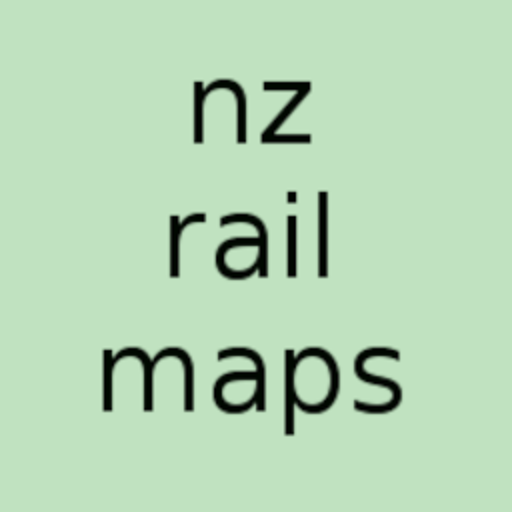In the past week or so, the main work on New Zealand Rail Maps has been focused in the area of the North Island Main Trunk railway. With the receipt of a fresh batch of aerial images believed to originate from a New Zealand Railways Corporation’s official corridor aerial survey of the central NIMT, dated from 1974, it has become possible to, as far as possible, draw a high resolution mosaic of what the Ohakune to Horopito section of the NIMT looked like in the decade before the major deviation was built in this section. This provides a good contrast with present day aerial imagery making it more straightforward to pin down the various changes that have occurred in this section and the ability to pinpoint these changes today. As well, the maps of the Raetihi Branch have been completed using various mosaics of 1940s and 1960s origin to fill in as much detail as can possibly be known about a branch line that closed more than 50 years ago.
Following on from last weeks’ evaluation of options for developing the webmaps site, it is becoming clear that a new webmaps system will take longer to progress than has been allocated for the remainder of 2023. The options for the webmaps have been under consideration for some months and are less straightforward to develop than was originally anticipated. It is helpful to make a comparison with the original work that was done to develop webmaps when it was first introduced as a component of the New Zealand Rail Maps project in 2021. The creation of the basic tiles is achieved by a processing toolbox function built into the Qgis software. These are assembled into simple databases and a PHP script is used to locate the tiles needed on request from the Leaflet Javascript client running in a web browser. The tile creation over the whole area of NZ was able to be automated using the Qgis Python scripting console thus vastly reducing the workload. Vector tiles can still be created by scripting in the same way but require a different web client library with its own learning curve and also require conversion of the existing Qgis styles into the style information for vector tiles. These two tasks are the most complex needed but there could also turn out to be other unexpected fishhooks in creating and retrieving tile specifications from databases on the web server. It is then a question of where to start with the work and how to get it underway. At the moment the impression is that there is much less support resources readily available to get a vector client webmap site going compared to the relatively simple task of producing the raster map tiles back in 2020, and for the time being therefore the Project will apply itself to the annual update of the existing raster tile website and some cosmetic improvements.
As far the overall webmap development goes at the moment, work has been happening in Volume 2, covering the NIMT. This has been in the areas of Ohakune-Horopito, Marton and Palmerston North. The project wants to get all those areas working well but also wants to get Volume 7 (South Island West Coast) progressed as well. A schedule for the rest of 2023 is currently being looked into to try and get all of these different areas progressed. At this stage Ohakune and Marton should be finished by the end of this month. Volume 7 is a bit more challenging as it includes the Stillwater to Westport line and various other sections that were not in what started off as Volume 9 (Midland Line). The commitment is there for progress on the Midland Line parts but not as yet north/west of Stillwater.
